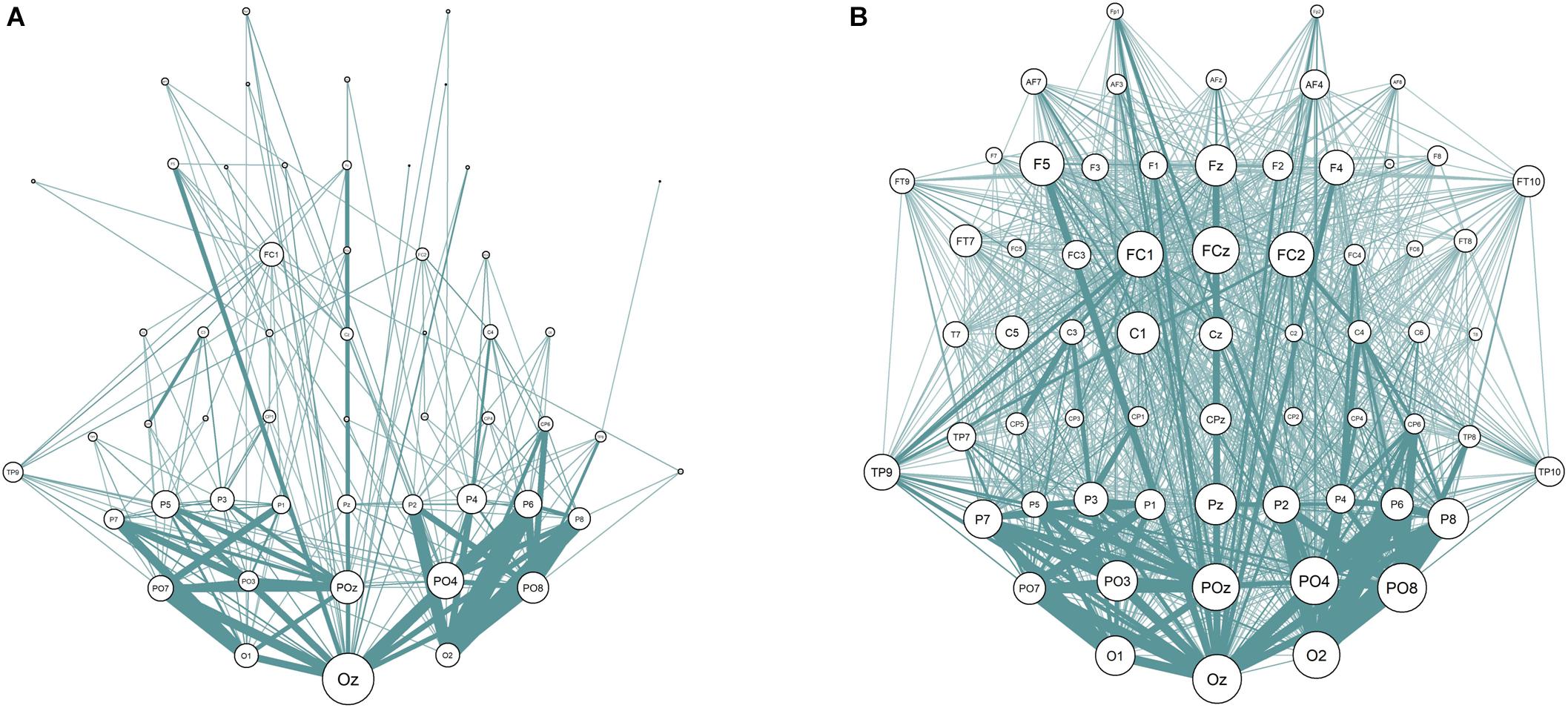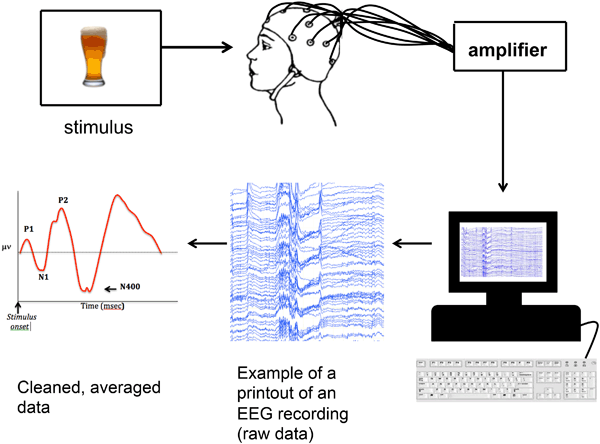
Fear, for example, involves the activation of certain central and peripheral nervous system structures, along with certain kinds of thoughts, feelings, and behaviors-none of which is necessarily obvious to an outside observer. Another reason psychological constructs cannot be observed directly is that they often involve internal processes. Instead, it means that she has a general tendency to behave in extroverted ways (talking, laughing, etc.) across a variety of situations. In fact, she might be sitting quietly by herself, reading a book. For example, to say that a particular college student is highly extroverted (see Note 5.6 “The Big Five”) does not necessarily mean that she is behaving in an extroverted way right now. One reason is that they often represent tendencies to think, feel, or act in certain ways. Psychological constructs cannot be observed directly. These kinds of variables are called constructs (pronounced CON-structs) and include personality traits (e.g., extroversion), emotional states (e.g., fear), attitudes (e.g., toward taxes), and abilities (e.g., athleticism). We cannot accurately assess people’s level of intelligence by looking at them, and we certainly cannot put their self-esteem on a bathroom scale. Other variables studied by psychologists-perhaps the majority-are not so straightforward or simple to measure. Although people might not know or want to tell you how much they weigh, you can have them step onto a bathroom scale.


You can ask people how old they are and be reasonably sure that they know and will tell you. You can almost always tell whether someone is male or female just by looking. These include sex, age, height, weight, and birth order. Many variables studied by psychologists are straightforward and simple to measure. What it does require is some systematic procedure for assigning scores to individuals or objects so that those scores represent the characteristic of interest. It does not require placing individuals or objects on bathroom scales, holding rulers up to them, or inserting thermometers into them. The important point here is that measurement does not require any particular instruments or procedures. The sum of these 21 ratings is the score and represents his or her current level of depression. He administers the Beck Depression Inventory, which is a 21-item self-report questionnaire in which the person rates the extent to which he or she has felt sad, lost energy, and experienced other symptoms of depression over the past 2 weeks. Or imagine a clinical psychologist who is interested in how depressed a person is. The length of the longest list for which the person responds correctly is the score and represents his or her working memory capacity. She then repeats this several times, increasing the length of the list by one digit each time, until the person makes an error. To do this, she might use a backward digit span task, where she reads a list of two digits to the person and asks him or her to repeat them in reverse order. (Psychological measurement is often referred to as psychometrics.) Imagine, for example, that a cognitive psychologist wants to measure a person’s working memory capacity-his or her ability to hold in mind and think about several pieces of information all at the same time. Of course this general definition of measurement is consistent with measurement in psychology too. The result of this procedure is a score that represents the object’s potential energy. In physics, for example, one might measure the potential energy of an object in Earth’s gravitational field by finding its mass and height (which of course requires measuring those variables) and then multiplying them together along with the gravitational acceleration of Earth (9.8 m/s 2).
:max_bytes(150000):strip_icc()/the-four-stages-of-sleep-2795920_FINAL-5c05c2fc46e0fb00018dac3d.png)
It is also consistent with measurement throughout the sciences. This very general definition is consistent with the kinds of measurement that everyone is familiar with-for example, weighing oneself by stepping onto a bathroom scale, or checking the internal temperature of a roasting turkey by inserting a meat thermometer.

Measurement is the assignment of scores to individuals so that the scores represent some characteristic of the individuals.


 0 kommentar(er)
0 kommentar(er)
